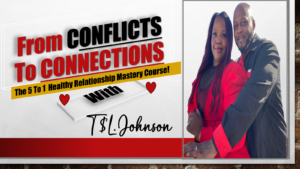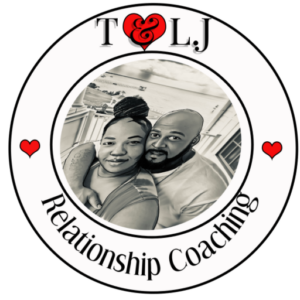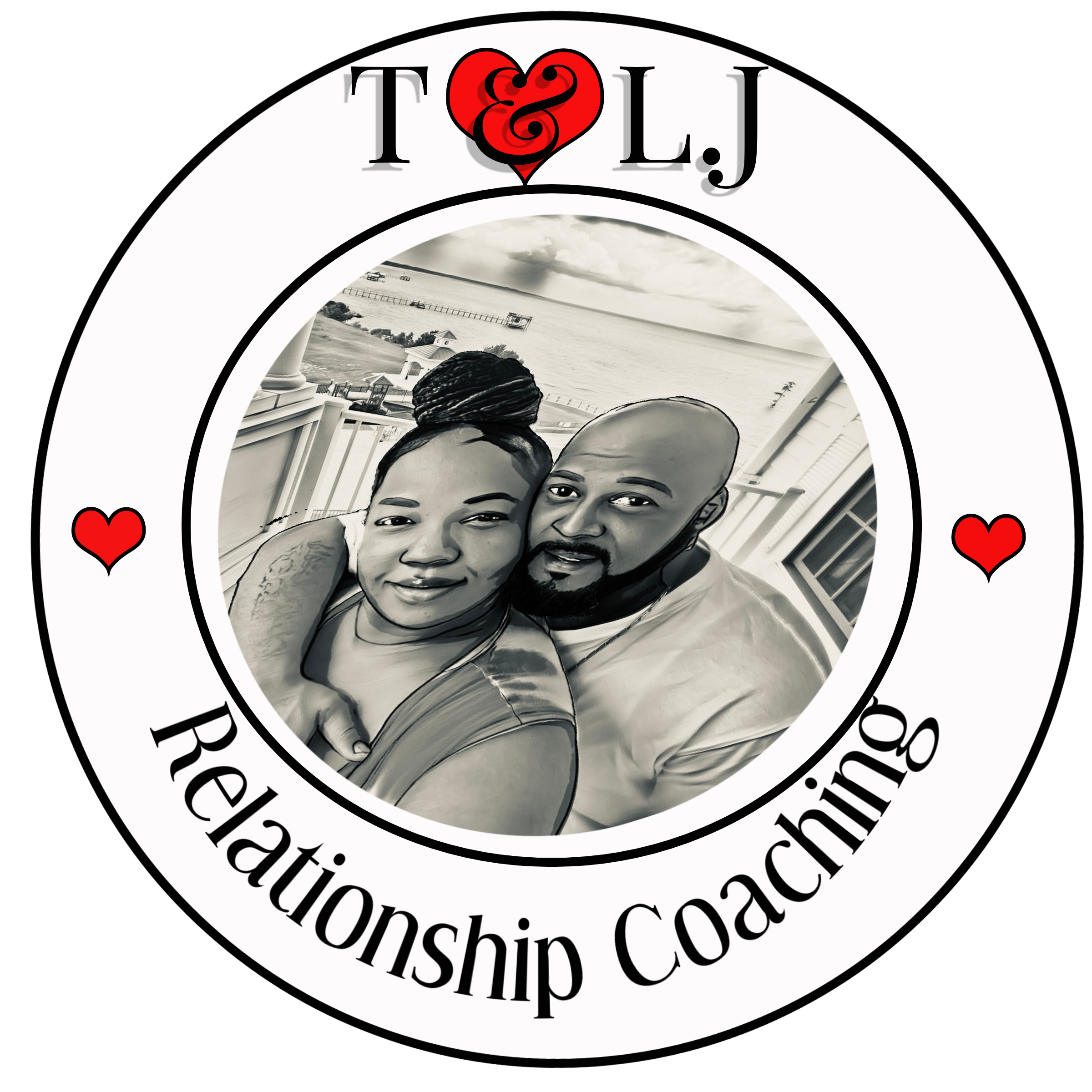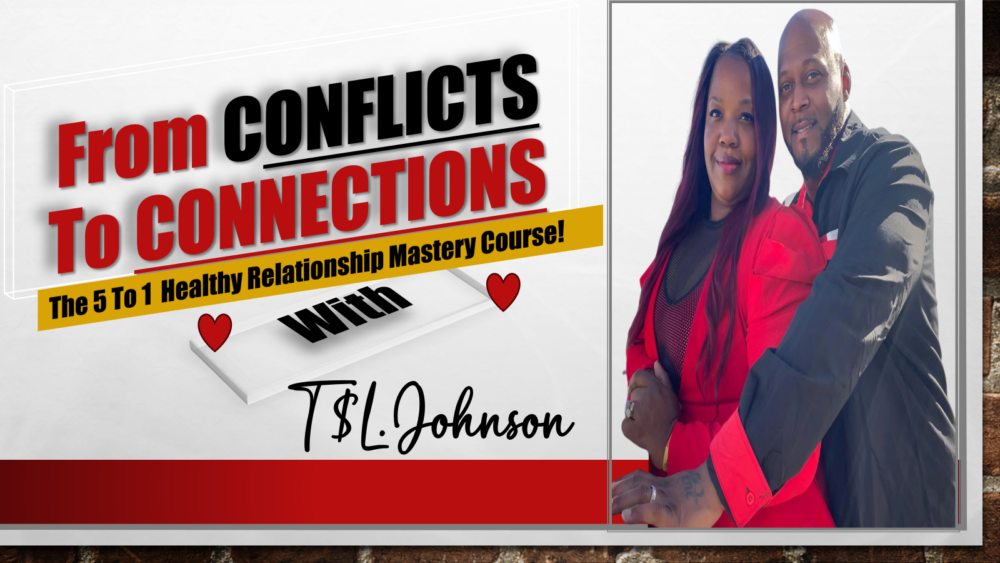Building Trust Through Genuine Dialogue
Open the Lines of Communication
One of the most important things I’ve learned in my journey is that trust starts with open communication. When I take the time to genuinely listen to others without distractions, it sets a foundation for mutual respect. I’ve found that just making eye contact and showing that I’m really paying attention can make a world of difference.
Being open also means being vulnerable. Sharing my own thoughts and feelings, even the tough ones, encourages others to share theirs. It’s a two-way street, you know? This back-and-forth creates a space where honesty thrives, paving the way for deeper connections and understanding.
Over time, as I’ve made it a habit to engage in thoughtful conversations, I’ve noticed that others start to feel safe doing the same. That trust is vital, as it helps bring parties closer together, especially in times of conflict.
Practice Active Listening
Active listening is an incredible skill that can transform interactions. I used to think that listening was just being quiet and letting the other person talk, but it’s so much more than that. Now I make a conscious effort to paraphrase what the other person says to show that I’m understanding their perspective.
This doesn’t just go one way, either. By demonstrating that I value their input, they often feel encouraged to elaborate more. It’s almost like magic! The more I engage, the richer our dialogues become, which helps clear up any misunderstandings that might arise.
When I practice active listening, it’s really about being fully present. That means setting aside my phone, making sure distractions are at bay, and dedicating my energy entirely to the conversation. This oil of attentiveness smoothens out the cracks in communication.
Foster Empathy in Conversations
Empathy is the heart of thoughtful communication, and I can’t stress enough how important it is to put myself in someone else’s shoes. Each time I’ve approached a conversation with the intent to understand how the other person feels, it’s led to healing, resolution, and growth in my relationships.
When I stop to think about the emotions behind someone’s words, I find that I respond more thoughtfully. This doesn’t mean I have to agree with them; it just means I respect where they’re coming from. It’s a practice that requires effort, but boy, has it paid off!
Building empathy can require a bit of patience. Sometimes, it’s easy to jump to conclusions or become defensive. However, when I focus on compassion instead, I not only improve my communication skills but also strengthen my connections, making life a little brighter.
Cultivating Positive Language
The Power of Words
Words can build or break bridges. It’s taken me a while to realize how choosing my words carefully can change the tone of an entire discussion. When I consciously opt for positive language, I help foster an environment that encourages collaboration instead of conflict.
For instance, instead of saying, “You always do it wrong,” I might say, “I think we can improve this together.” It completely alters the dynamic. I’m not pointing fingers; I’m inviting someone to be part of a solution! That shift invites a more constructive response rather than defensiveness.
Plus, positive language feels good to share. Sometimes, I catch myself using enthusiastic phrases, and it makes me feel uplifted too! It’s a ripple effect—when I radiate positivity, it often comes back to me in the best ways.
Be Clear and Concise
Clarity isn’t just a preference; it’s essential. In my own experiences, I realized that vague statements often lead to misunderstandings and, ultimately, frustration. By being clear and concise, I’m better able to convey my intentions, which reduces confusion on the other end.
I’ve learned to avoid jargon or overly complex ideas unless necessary. Instead, I focus on the main point. Sometimes, it means breaking my thoughts into simple steps that everyone can follow; this is particularly useful in group discussions where time is limited.
Ultimately, the goal is effective communication. When I express my thoughts plainly, I spend less time clarifying later on, saving everyone precious time and energy. It’s all about respect for each other’s time and perspectives.
Mind Your Tone and Body Language
We’ve all heard it countless times, but body language communicates just as much, if not more, than our words. I used to let my body speak for me when I was disinterested, which used to send all the wrong messages. Now, I realize how vital it is to be aware of this non-verbal dialogue.
Maintaining an open posture and a welcoming tone has been a game-changer. For example, when I’m approaching a potentially heated topic, I make sure my body language is relaxed, which helps quell tensions. It’s fascinating how people respond positively when they sense you’re approachable!
Tone is another element I pay close attention to. The same sentence can come off in many different ways, depending on how I deliver it. It’s important, especially in sensitive conversations, to stay calm and collected to foster a space for healing.
The Art of Offering Constructive Feedback
Focus on Behavior, Not the Person
Providing feedback can be tricky! I’ve had my fair share of awkward moments, but one lesson stands out: it’s critical to focus on behaviors rather than personal attributes. This shift makes it easier for both parties to engage without getting defensive.
For instance, instead of saying, “You are so disorganized,” I might say, “I noticed the project could be clearer if we keep things more organized.” This approach removes the personal attack and instead encourages collaboration towards improvement.
This respectful exchange often leads the other person to be more receptive. By framing feedback this way, I’ve seen individuals reflect on their actions rather than feel attacked personally, which opens the door to effective change.

Provide Specific Examples
Vague feedback leaves room for confusion, and that’s the last thing I want when trying to communicate effectively. When I offer constructive feedback, I’ve learned to back it up with specific examples. This clarity gives the other person a reference point, which makes it easier for them to understand the changes needed.
For example, instead of saying, “You need to improve your presentation skills,” I would say, “During the last presentation, the slides were difficult to read. Perhaps we can work together to enhance the format.” This specificity directs attention to actionable changes rather than just complaining.
Specific feedback also fosters an opportunity for growth. I’ve seen how people appreciate tangible suggestions; it empowers them to act rather than feel lost in vague statements.
Encourage Open Dialogue Post-Feedback
After offering feedback, I always encourage an open dialogue. This not only helps the other person voice their thoughts and feelings on the feedback but also creates a collaborative atmosphere. I find it’s important to emphasize that I’m there to support their growth, not criticize.
Encouraging this dialogue allows both parties to clarify misunderstandings. I often ask questions like, “What are your thoughts on this?” or “How can I help you with this challenge?” This approach fosters a spirit of teamwork that benefits everyone.
Creating space for this conversation also makes the feedback experience less daunting. I’ve seen how it turns anxiety into curiosity, leading to mutual growth and understanding. That’s the goal, right? Learning and growing together!
Practicing Patience and Understanding in Communication
Recognize the Value of Time
Effective communication doesn’t happen on a timeline. I’ve realized that sometimes, we need to give ourselves and others grace when things get heated or messy. Taking the time to really process thoughts before responding has made me a better communicator.
In heated discussions, I’ve often found that taking a step back, even if for just a moment, can provide the clarity needed to engage more meaningfully. It also shows respect for the other person’s perspective, which I’ve found encourages a healthier exchange of ideas.
This patience shows my commitment to the conversation. It’s a reminder that the relationship is more important than being ‘right’ or reaching a resolution immediately. When I invest time into conversations, I nurture the bond with the other person.
Stay Calm Under Pressure
Let’s be real: not every conversation is going to be smooth sailing. I’ve had my share of pressure-filled discussions where emotions ran high. Staying calm under pressure truly is an art form that I’ve cultivated over the years.
Using techniques like deep breaths or taking pauses has worked wonders for me. Remaining calm helps diffuse tension, allowing for a more thoughtful exchange of ideas rather than a reactive one. This approach has turned potential arguments into constructive dialogues.
Additionally, I remind myself of the other person’s feelings in the moment, which brings compassion into situations of stress. When I’m able to empathize, I’m much more inclined to approach the conversation positively rather than reactively.
Encourage Growth After Conversations
Finally, I think it’s vital to encourage growth beyond the conversation itself. Communication doesn’t end when the discussion is over; it’s a continuous path. After a day of thoughtful exchanges, I often reflect on what went well and where I can improve myself.
Encouraging the other person to do the same has proven impactful. I share insights and ask for theirs, fostering a continuous loop of growth. It’s like we’re both learning from the same book, but also bringing our unique perspectives to the table!
This practice cultivates a relationship based on improvement, understanding that we are not perfect and it’s okay to strive for better. The journey aligns us on the path of healing through communication and connection.
Frequently Asked Questions
1. What is thoughtful communication?
Thoughtful communication is about being mindful of how we express ourselves and how we interact with others. It emphasizes trust, active listening, empathy, and positive language to create meaningful dialogues.
2. How can I improve my active listening skills?
To improve active listening, practice being fully present in conversations. This means minimizing distractions, paraphrasing what others say to demonstrate understanding, and engaging with open body language.
3. Why is empathy important in communication?
Empathy fosters deeper connections and understanding. By putting ourselves in others’ shoes, we can communicate with compassion, which helps build trust and resolve conflicts more effectively.
4. What should I keep in mind when giving feedback?
Focus on specific behaviors rather than personal attributes, be clear, and encourage dialogue. This creates a supportive environment where individuals feel motivated to grow rather than defensive.
5. How can I be patient when conversations get tough?
Recognize that effective communication takes time. Give yourself and others grace, and try techniques like making pauses or taking deep breaths, which can help maintain calm during stressful discussions.

Schedule Your First 20-Minute Coaching
Call With Us Today to see if we fit . You pick the price!
Click Here






